3D printing has undergone a remarkable evolution in recent years, and the Elegoo Mars Pro has emerged as a noteworthy contender in this arena. Offering a balance between affordability and performance, the Elegoo Mars Pro has captured the attention of both beginners and experienced enthusiasts. In this review, we’ll dive into key aspects of this 3D printer, including print quality and speed, improvements over its predecessors, specifications, software capabilities, printing results, and, ultimately, whether it’s worth the investment.
Setup: Streamlined and Beginner-Friendly
The setup process of the Elegoo Mars Pro embodies the company’s commitment to user-friendliness. From unboxing to the first print, the steps are straightforward and well-documented. The printer arrives pre-assembled primarily, with only a few components to attach, such as the build platform and the resin vat. The included user manual provides clear and concise instructions, making it accessible to users with varying technical expertise.
Once the physical setup is complete, the printer’s touchscreen interface guides users through initial calibration and leveling procedures. Elegoo provides leveling tools and clear instructions to ensure users achieve optimal adhesion between the build platform and the LCD screen. This careful attention to detail minimizes the potential for print failures due to improper leveling.
How Is The Printing Process? From Design to Finished Object
The Elegoo Mars Pro’s printing process is a symphony of technology, precision, and creativity. It begins with the design phase, where users choose or create 3D models using various CAD software or 3D modeling tools. Once the design is ready, it is imported into the slicing software – typically CHITUBOX – where users set printing parameters such as layer height, exposure time, and support structures.
The slicing software generates the necessary instructions and converts the 3D model into a series of 2D images, each corresponding to a resin layer’s cross-section. These images are then sent to the printer and displayed on the monochrome LCD screen. The UV light emitted by the screen cures the liquid resin, solidifying each layer as the build platform moves incrementally downward.

The printer’s Z-axis movement, driven by precision components like ball screws and linear rails, ensures accurate layer alignment. As each layer cures, the build platform lifts slightly to allow the next resin layer to flow and settle. This process continues layer by layer until the entire object is complete.
The post-printing process involves carefully removing the model from the build platform and cleaning it to remove excess resin. Additional steps, such as curing the model under UV light, might be necessary to achieve optimal material properties depending on the resin type used.
Print Quality and Speed
One of the standout features of the Elegoo Mars Pro is its exceptional print quality. Leveraging UV photocuring technology, the printer achieves high levels of detail and precision, making it suitable for producing intricate models, miniatures, and prototypes. The layer resolution, coupled with the printer’s ability to handle fine details, results in objects that boast smooth surfaces and minimal visible layer lines.
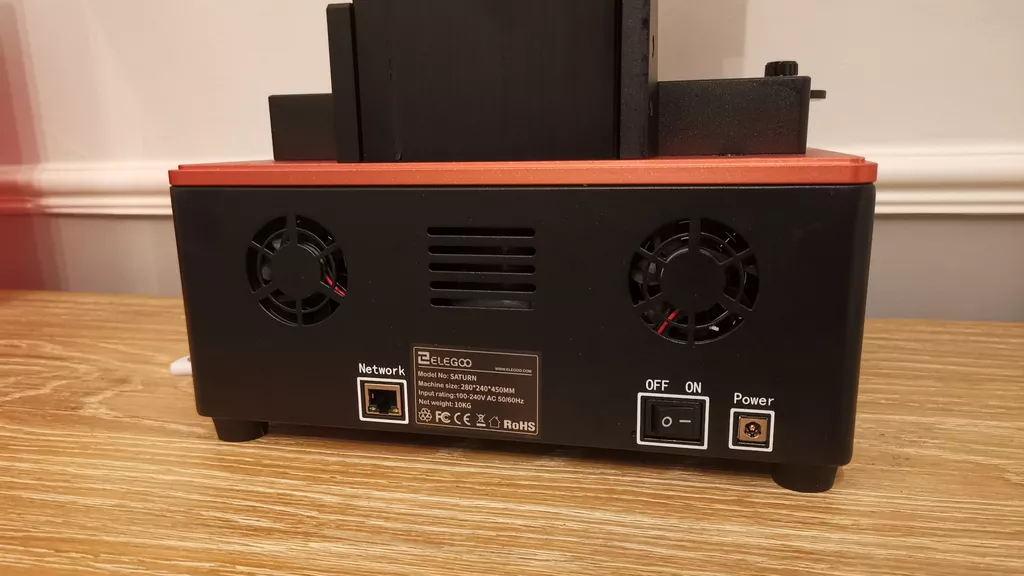
Print speed is another area where the Elegoo Mars Pro impresses. The combination of its monochrome LCD screen and improved exposure settings allows for faster layer curing times. This means shorter print durations without compromising the quality of the final product. However, it’s important to note that the printing speed is influenced by model complexity, layer height, and resin type.
Lets Look At Improvements Over Predecessors
The Elegoo Mars Pro builds upon the foundation laid by its predecessors, addressing certain limitations and introducing enhancements. One notable improvement is the introduction of the monochrome LCD screen. This upgrade contributes to faster printing and extends the screen’s lifespan, as each pixel receives uniform exposure over time. This addresses a common concern among users of earlier models.
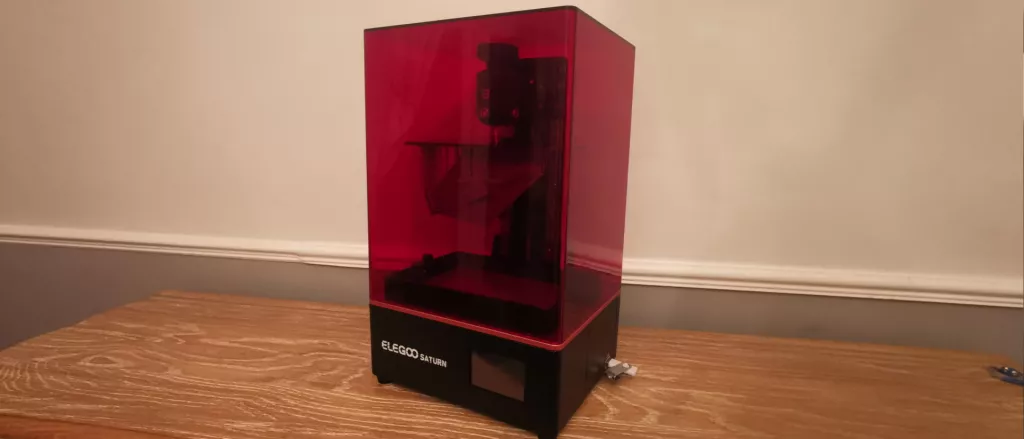
In addition, the Mars Pro boasts enhanced stability and durability, with a more robust build and improved chassis design. The printer’s Z-axis rail, ball screw, and stepper motor have all received upgrades, resulting in smoother and more reliable layer movement. These improvements collectively contribute to a more user-friendly and dependable printing experience.
What aAre The Specifications?
The Elegoo Mars Pro features specifications that align with its intended market segment, offering a balanced set of features that cater to both novices and experienced users. With a build volume of approximately 4.53″ x 2.56″ x 5.9″, the printer is well-suited for producing small to medium-sized objects. Its XY resolution of 0.047mm and layer height options ranging from 0.01mm to 0.2mm contribute to the printer’s ability to capture fine details.

The printer’s compatibility with various 405nm UV-sensitive resins further enhances its versatility. Whether you’re interested in producing highly detailed models, functional prototypes, or artistic creations, the Elegoo Mars Pro accommodates a range of applications.
Software
Elegoo provides users with the CHITUBOX slicing software, a popular choice in the 3D printing community. This software allows users to import, position, and orient models, generate support structures, and export print files. CHITUBOX’s intuitive interface makes it accessible to beginners while offering advanced features for experienced users to fine-tune their prints.
Additionally, the CHITUBOX software supports hollowing models to save resin and reduce print costs. Its ability to automatically generate support structures contributes to successful print outcomes. While the software is generally well-received, some users prefer to use third-party slicers for more advanced features.
Printing Results
The actual test of any 3D printer lies in its output, and the Elegoo Mars Pro shines in this regard. Models produced by the Mars Pro exhibit exceptional levels of detail and accuracy. Refined textures, intricate patterns, and delicate features are faithfully replicated, making the printer an attractive choice for applications that demand high precision.
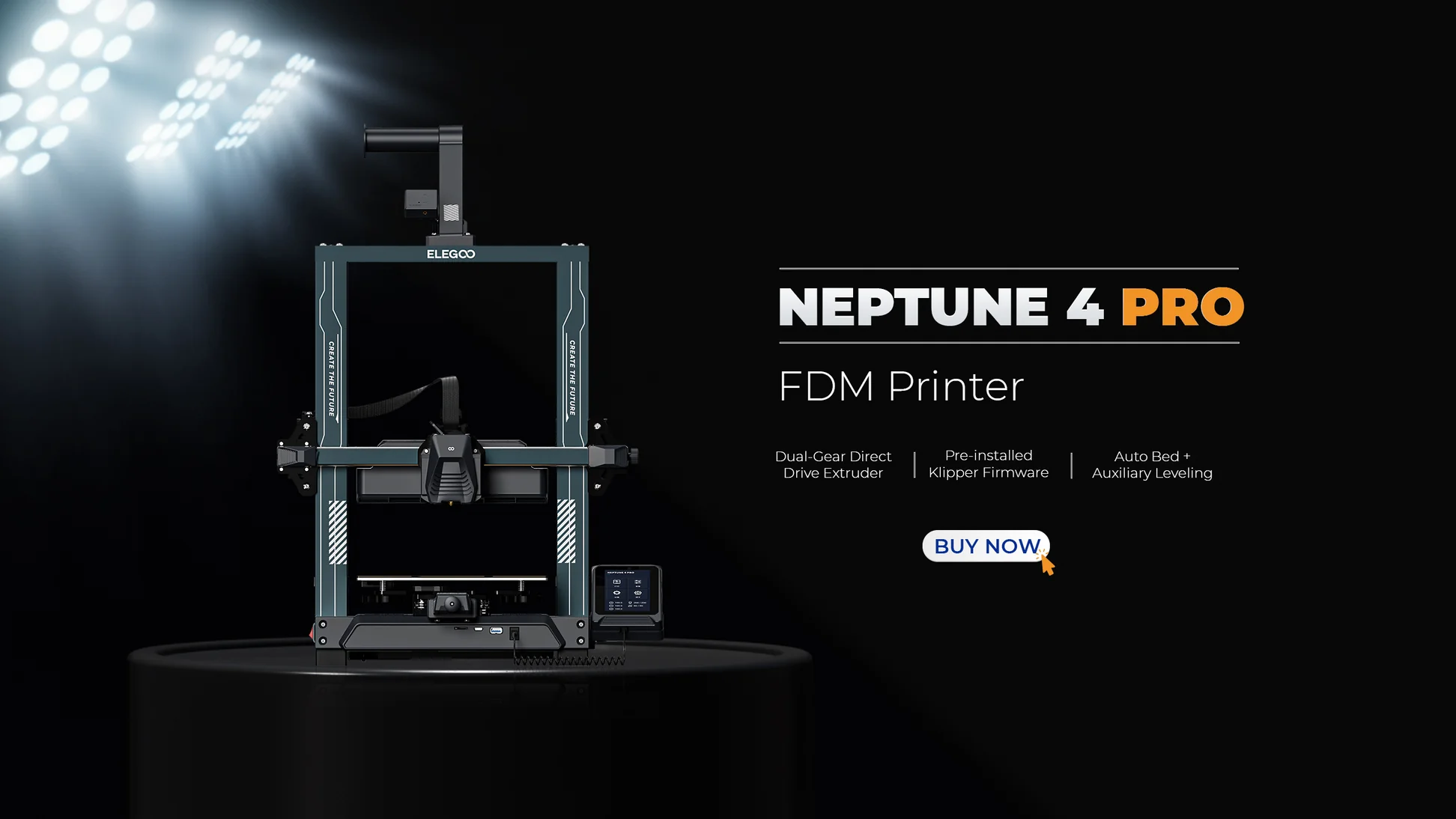
Furthermore, the printer’s improved stability and linear rail design contribute to eliminating artifacts such as layer shifts, ensuring that the final print matches the intended design. The monochrome LCD screen not only speeds up the printing process but also enhances the uniformity of layer exposure, resulting in consistent layer curing and overall print quality.
Is It Worth It?
Whether the Elegoo Mars Pro is worth the investment depends on individual needs and expectations. For beginners seeking an affordable entry point into resin-based 3D printing, the Mars Pro offers an excellent balance of quality, speed, and ease of use. Its intuitive software, combined with its out-of-the-box functionality, makes it an attractive choice.
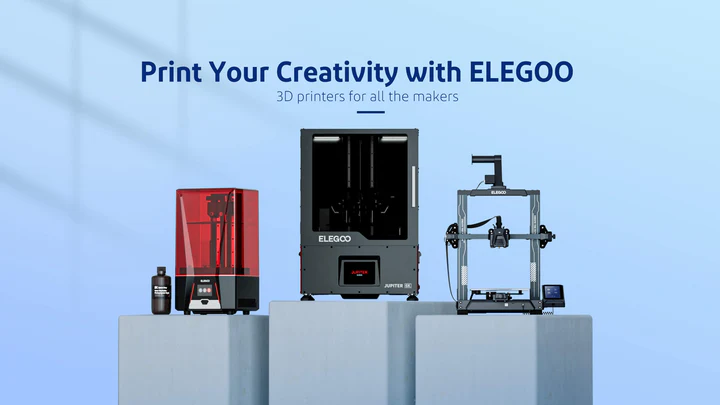
Experienced users will appreciate the Mars Pro’s improvements over its predecessors, especially the monochrome LCD screen and enhanced stability. While the printer’s build volume might limit its application for larger projects, it excels at producing detailed and intricate models that would be challenging for FDM printers to replicate.
In conclusion
The Elegoo Mars Pro is compelling for anyone seeking a high-quality resin 3D printer without breaking the bank. It’s print quality, speed, and overall performance suit various applications, from hobbyist projects to professional prototyping. As with any purchase, it’s essential to consider your specific needs and expectations before deciding. However, the Elegoo Mars Pro undoubtedly deserves its place among the top contenders in the resin 3D printing market.



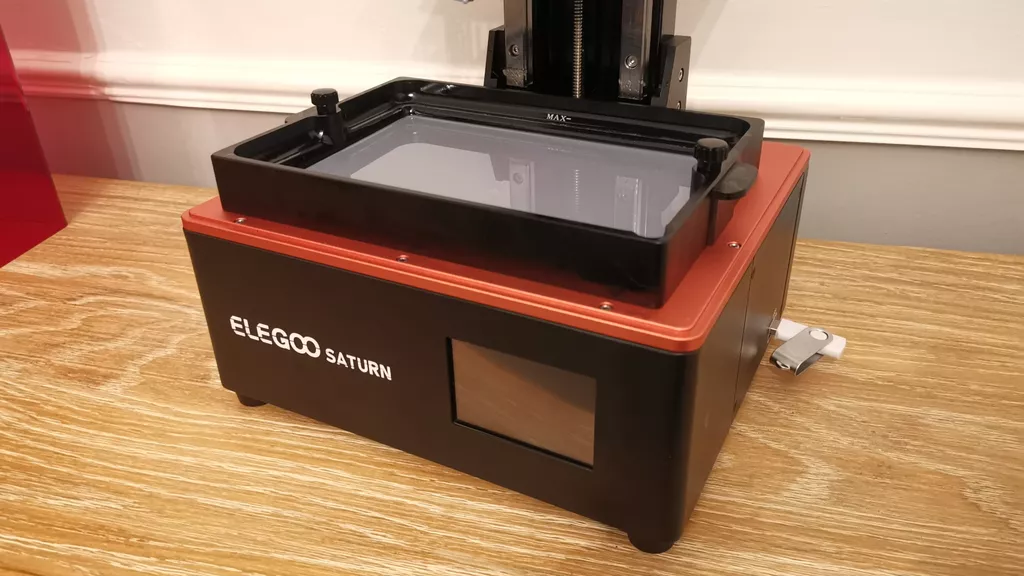




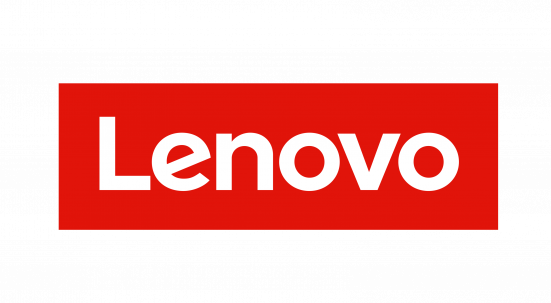

Leave feedback about this
You must be logged in to post a comment.